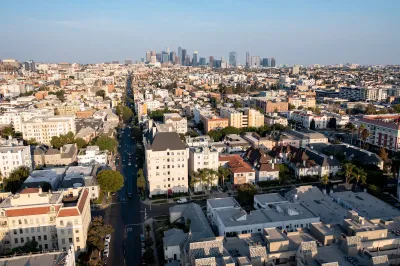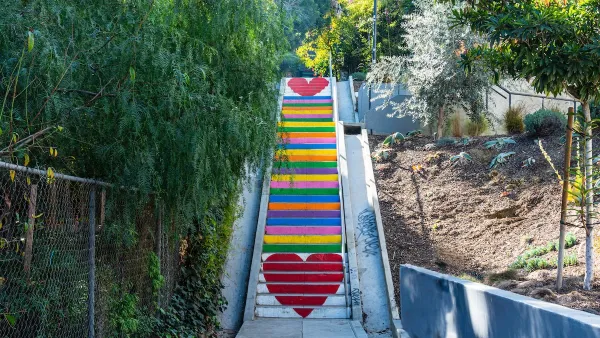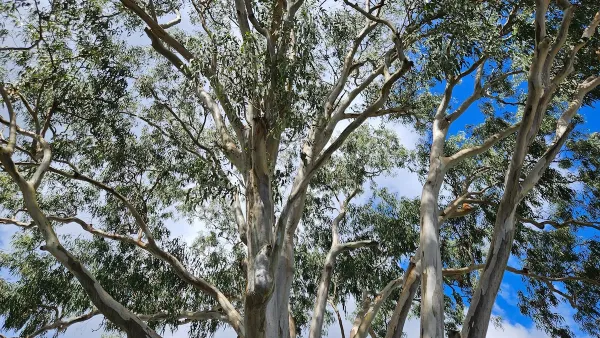LA's thermal inequities leave low-income, minority neighborhoods disproportionately hotter and more vulnerable, prompting advocacy and policy efforts to address these disparities through green infrastructure and equitable climate investments.

Los Angeles faces significant thermal inequities, with low-income and minority communities enduring higher temperatures due to a lack of green spaces and historical public policies. Wealthier, predominantly white neighborhoods benefit from tree canopies, air conditioning, and water-intensive landscaping, while areas like South LA and the San Fernando Valley, which have a history of redlining, suffer from minimal vegetation and older, heat-trapping infrastructure. These disparities have severe health consequences, as minority groups account for a disproportionate share of hospitalizations and deaths during extreme heat events.
The roots of thermal inequity trace back to redlining practices of the 1930s, which systematically deprived minority communities of investment, leading to dense, industrial urban layouts devoid of parks and greenery. Studies reveal that formerly redlined neighborhoods are significantly hotter, with up to 37 percent less tree canopy than wealthier areas. Efforts to address these injustices include cool pavement installations, tree planting, and investments in parks and green infrastructure, as demonstrated in neighborhoods like Pacoima and Sylmar. Recent state initiatives, including a $10 billion climate bond, aim to allocate significant funds toward creating green spaces in disadvantaged areas.
Despite slow progress, community resilience and advocacy offer hope. Local leaders, researchers, and residents collaborate to mitigate urban heat through predictive models and sustainable urban design. Grassroots efforts like those led by youth climate advocates and policy initiatives from the LA County Chief Sustainability Office emphasize equity-driven solutions. Community advocates remain hopeful, highlighting recent efforts to increase tree plantings and awareness, as neighborhoods continue to push for much-needed investments in green infrastructure and climate resilience.
FULL STORY: Thermal Inequity: How wealth and race determine LA’s hottest and coolest areas

Analysis: Cybertruck Fatality Rate Far Exceeds That of Ford Pinto
The Tesla Cybertruck was recalled seven times last year.

National Parks Layoffs Will Cause Communities to Lose Billions
Thousands of essential park workers were laid off this week, just before the busy spring break season.

Retro-silient?: America’s First “Eco-burb,” The Woodlands Turns 50
A master-planned community north of Houston offers lessons on green infrastructure and resilient design, but falls short of its founder’s lofty affordability and walkability goals.

Test News Post 1
This is a summary

Analysis: Cybertruck Fatality Rate Far Exceeds That of Ford Pinto
The Tesla Cybertruck was recalled seven times last year.

Test News Headline 46
Test for the image on the front page.
Urban Design for Planners 1: Software Tools
This six-course series explores essential urban design concepts using open source software and equips planners with the tools they need to participate fully in the urban design process.
Planning for Universal Design
Learn the tools for implementing Universal Design in planning regulations.
EMC Planning Group, Inc.
Planetizen
Planetizen
Mpact (formerly Rail~Volution)
Great Falls Development Authority, Inc.
HUDs Office of Policy Development and Research
NYU Wagner Graduate School of Public Service




























